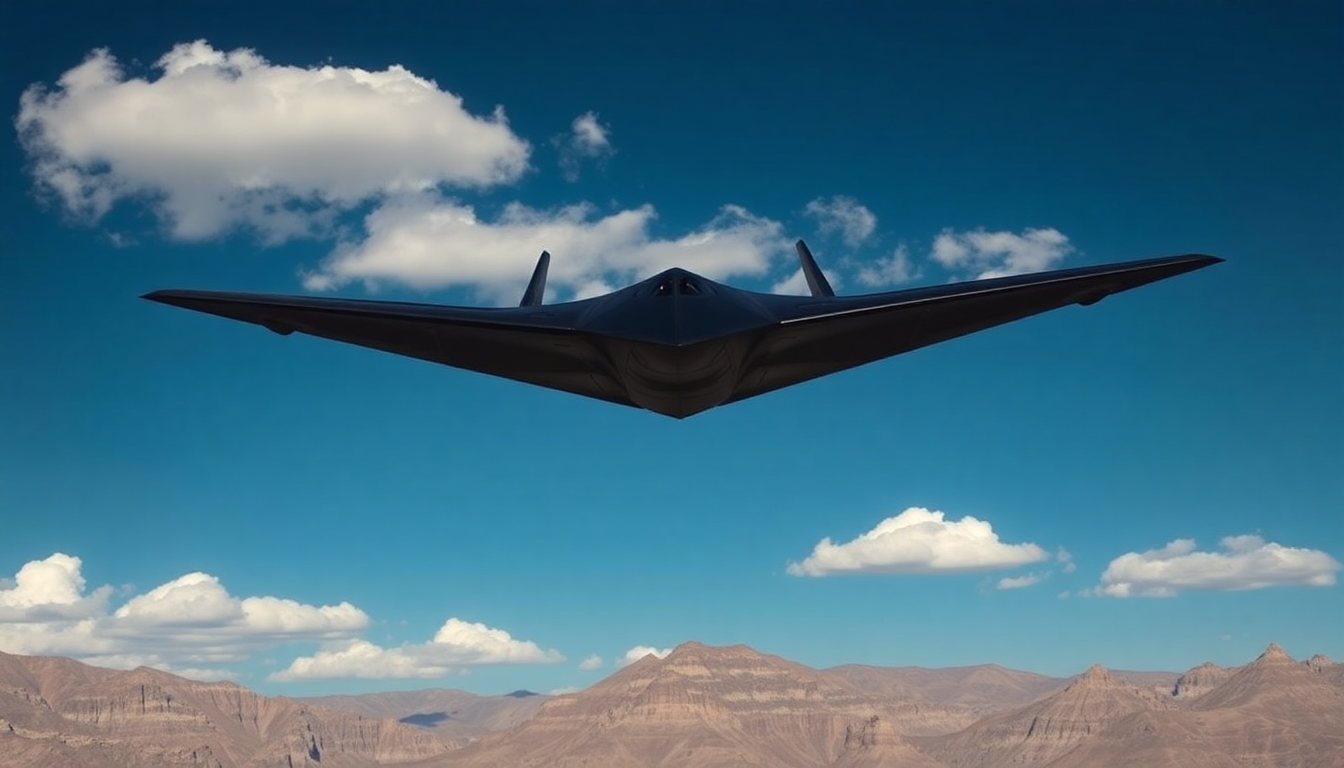Table of Contents
The recent deployment of B-2 bombers in a surprise military action against Iran’s Fordow nuclear enrichment facility has really put these incredible aircraft back in the spotlight. With their stealth capabilities and cutting-edge technology, B-2s are seen as the crown jewels of military engineering.
But what makes them so special? Let’s dive into the fascinating world of the B-2 and uncover why they’re deemed one of the U.S. Air Force’s most essential assets.
The Evolution of the B-2 Bomber
Introduced in the late 20th century by Northrop Grumman, the B-2 Spirit was a game-changer in the ever-evolving landscape of warfare. Originally designed during the Cold War, its mission was clear: penetrate enemy defenses and deliver nuclear payloads.
But as warfare transformed, so did the B-2’s role. These bombers have adapted to a new reality, now handling both nuclear deterrence and conventional strike missions, proving they can do it all.
What sets the B-2 apart is its revolutionary design.
With a flying wing configuration that minimizes its radar cross-section, this bomber can slip past enemy radar systems undetected. Combine this with advanced materials and coatings, and you have an aircraft that can operate effectively in hostile environments—a true powerhouse in the U.S.
military’s arsenal.
Operational Capabilities and Achievements
Since its first operational deployment in the 1990s, the B-2 has been involved in numerous conflicts, including the Kosovo War and operations in Afghanistan and Iraq. Its ability to carry both conventional and nuclear munitions makes it an incredibly flexible asset for a variety of military scenarios.
Plus, with its long-range capabilities, the B-2 can strike targets deep within enemy territory without needing to refuel—a strategic advantage that few aircraft can lay claim to.
What truly stands out in the B-2’s operational history is its precision bombing capabilities. Using advanced navigation and targeting systems, these bombers can execute missions with astonishing accuracy, significantly reducing collateral damage. In today’s world, where minimizing civilian casualties is essential, this level of precision is not just important—it’s critical.
The Future of the B-2 and Stealth Technology
As military technology keeps advancing, the B-2 remains a cornerstone of the U.S. Air Force’s strategy. However, with new stealth technologies and platforms emerging, like the B-21 Raider, what does the future hold for the B-2? While these newer aircraft might boast improved capabilities, the B-2’s unique combination of technology and experience ensures it won’t be sidelined anytime soon.
Looking ahead, the focus will likely be on enhancing the B-2’s existing systems and integrating it into a broader network of modern military assets. This strategy will keep the B-2 at the forefront of maintaining air superiority and executing strategic missions in an ever-changing global landscape. So, as we consider the future, one thing is clear: the B-2 will continue to play a vital role in military operations for years to come.





